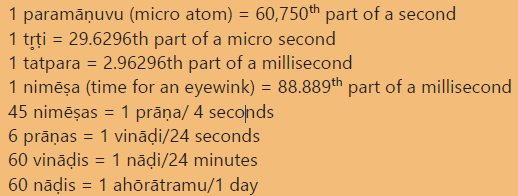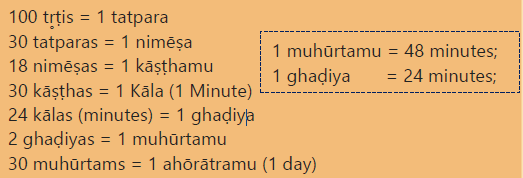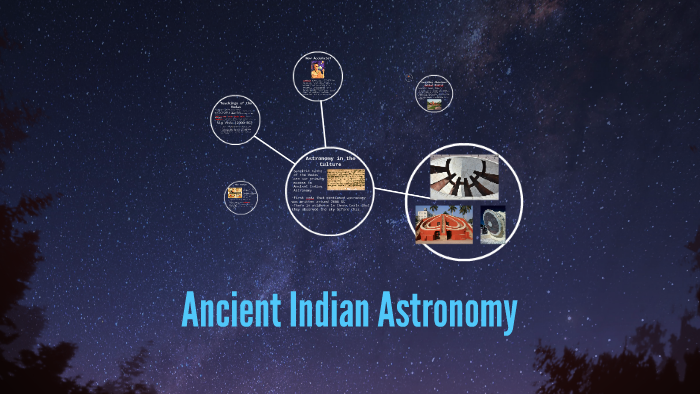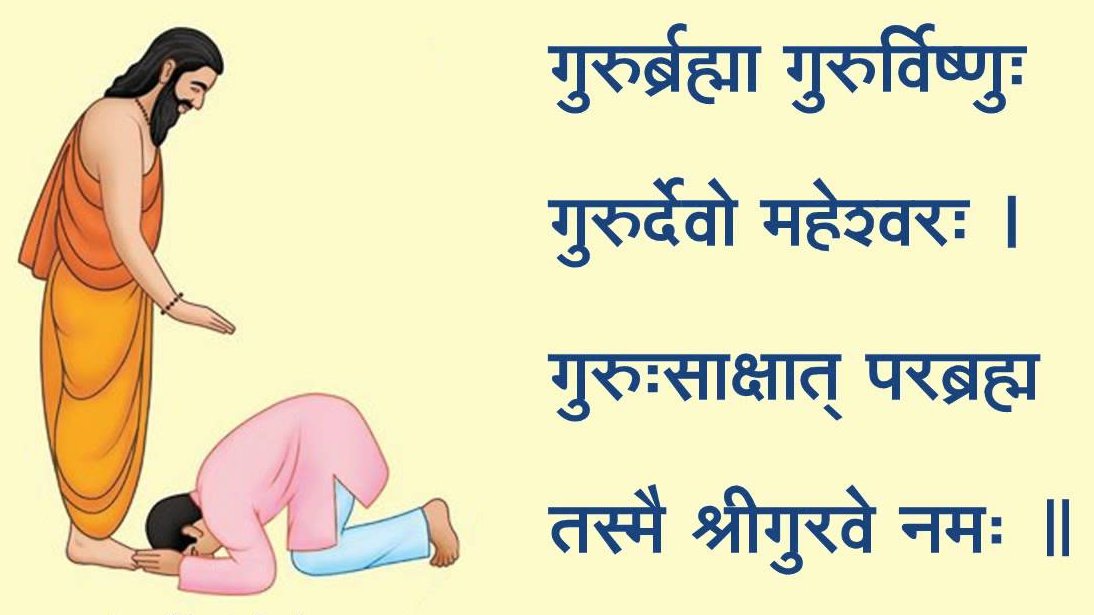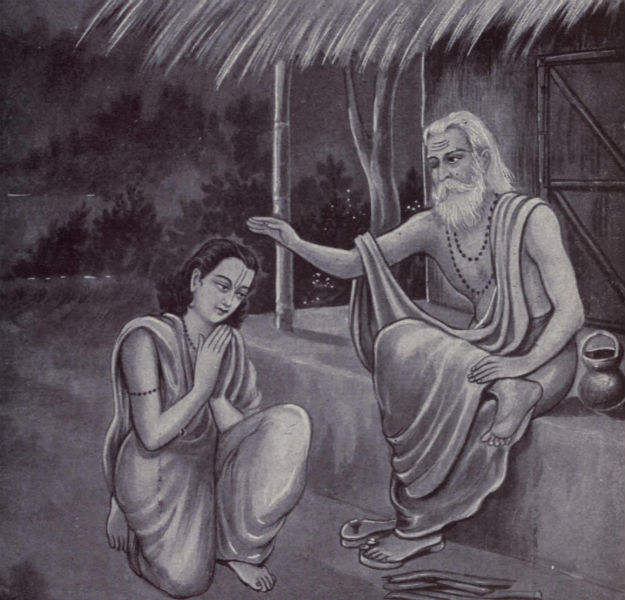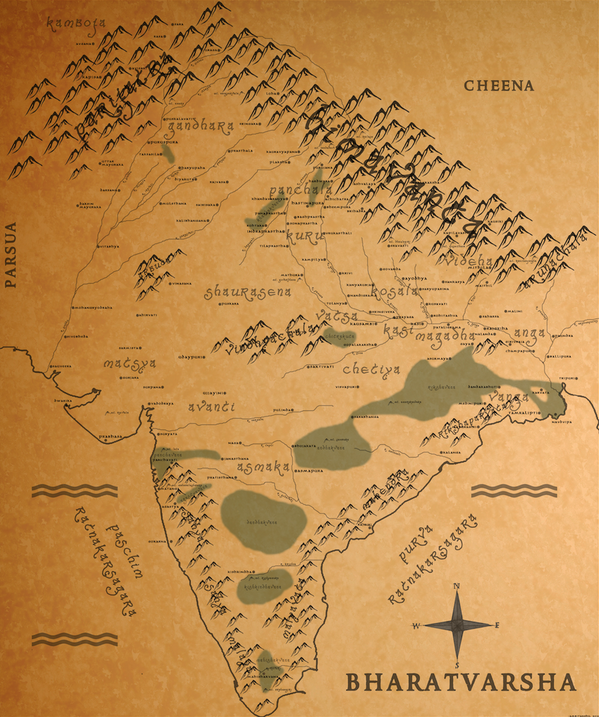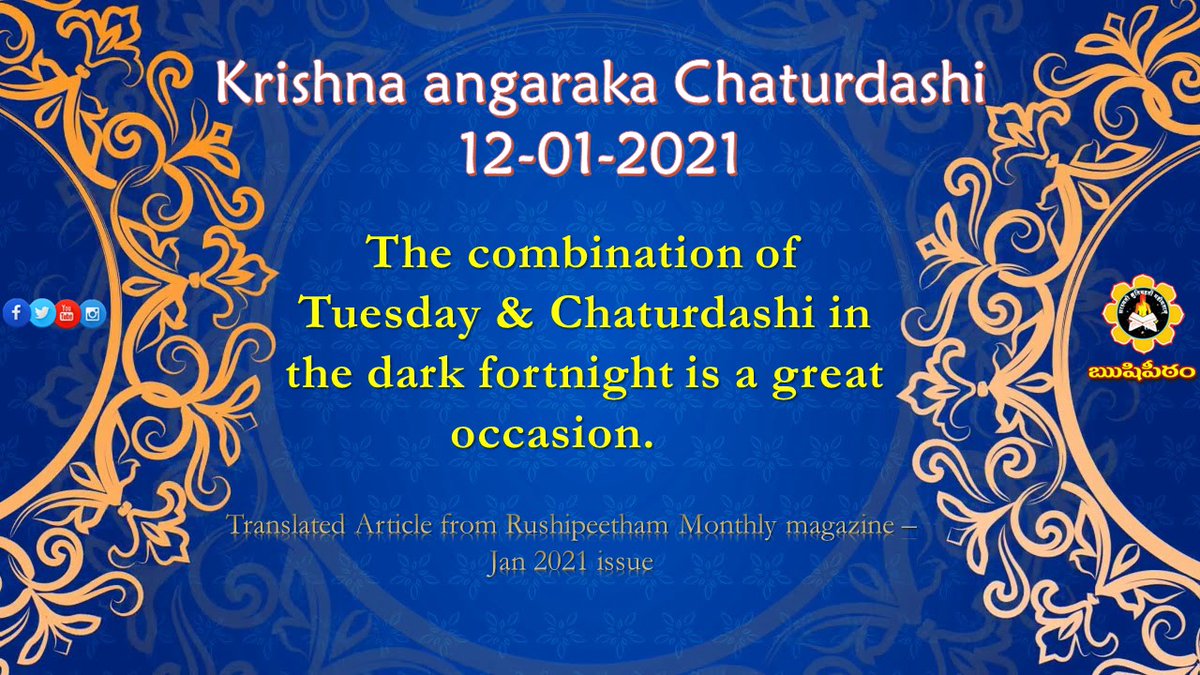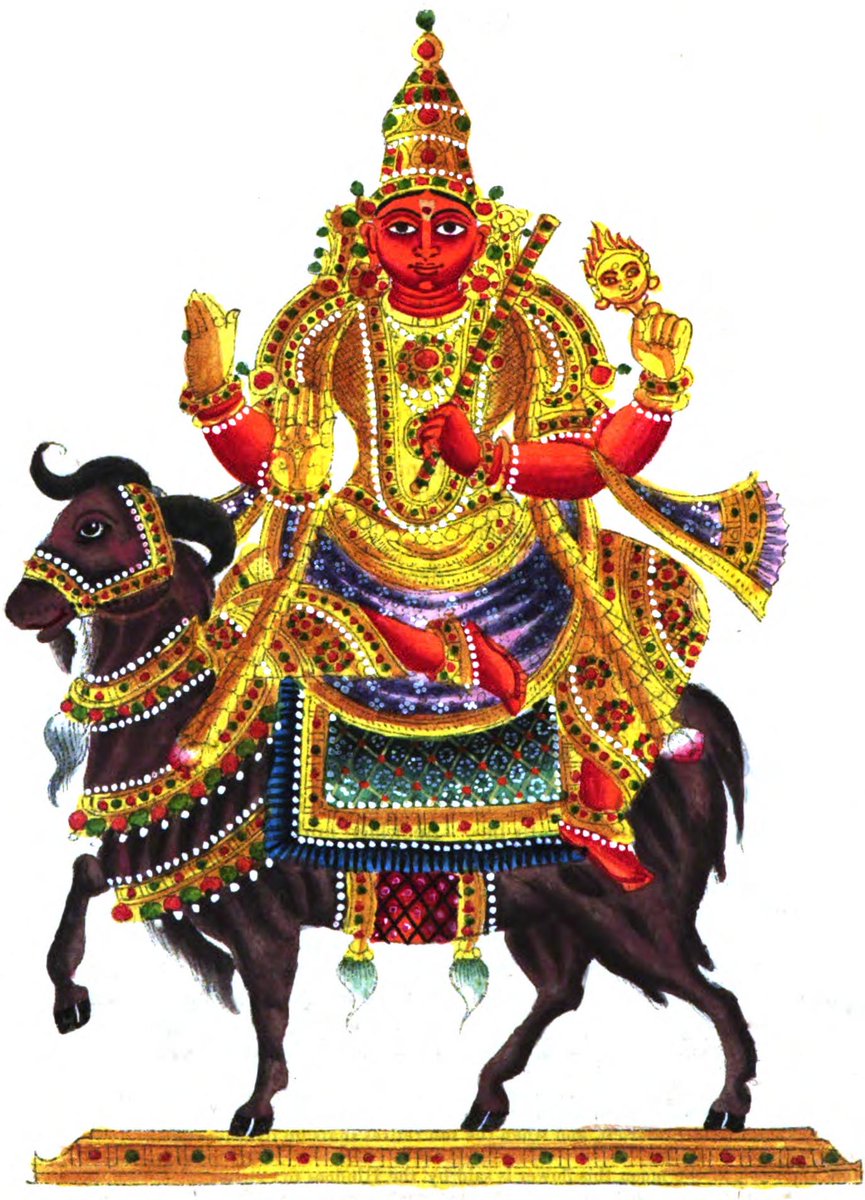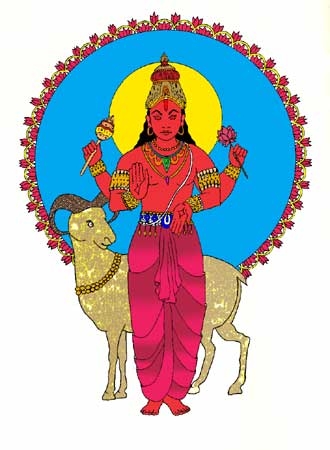The distinction of measuring the time in a scientific manner is achieved only by Bhāratīyas. Time has been measured from the smallest dimension to infiniteness. Even Time is envisioned as God and venerated. Paramēśvara was extolled as ‘Mahākāla’, the very embodiment of Time.
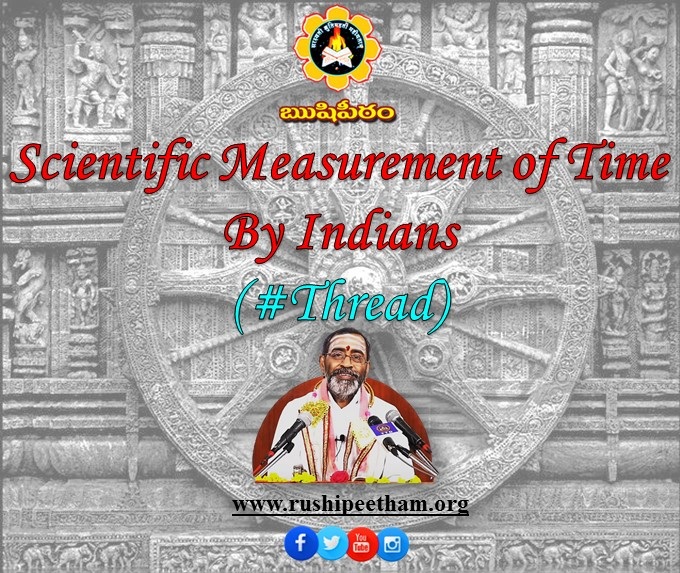
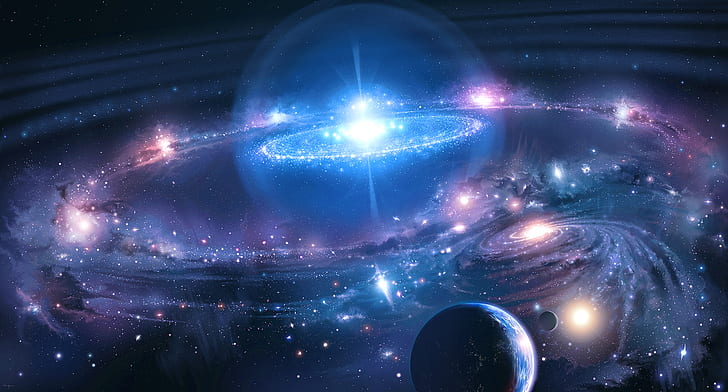
1 day is divided into 24 hōras. Based on this only, later a day is divided into 24 hours.
आरुणो अरोचनो मासक्रिन् - मासानां चन्द्र मासानां च कर्ता भवति !!
Fortnights, months, and years are counted based upon the movement of Sun and Moon.
Coz it is hard to count fortnights based on Sūrya Siddhānta,
Time is divided giving names to twelve months & 60 years.
Once the cycle of sixty years is complete, they repeat themselves.

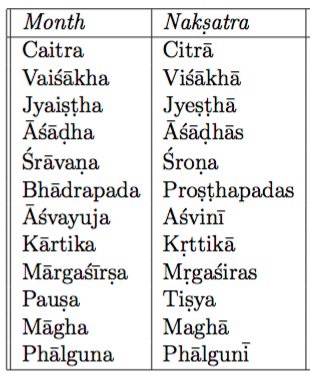
Based on the transformations in nature, one-year time is divided into 6 seasons.
Vasanta - chaitra, vaisākha
Grīṣma - jyēṣṭha, āṣāḍha
Varṣa - śrāvaṇa, bhādrapada
Śarad – āśvīyuja, kārtīkamu
Hēmanta – mārgaśira, puṣya
Śiśira – māgha, phālguṇa

Indian scriptures scientifically detail how to carve out one’s lifestyle based on seasonal changes.
Based on the arrangement of stars in the celestial sphere, the twelve zodiacs starting from Aries to Pisces formed. During the rotation of earth around Sun, Saṅkramaṇa is formed whenever Sun enters into that specific zodiac.

Two among them are very prominent –
1. Makara saṅkramaṇa day when Sun enters into Capricorn
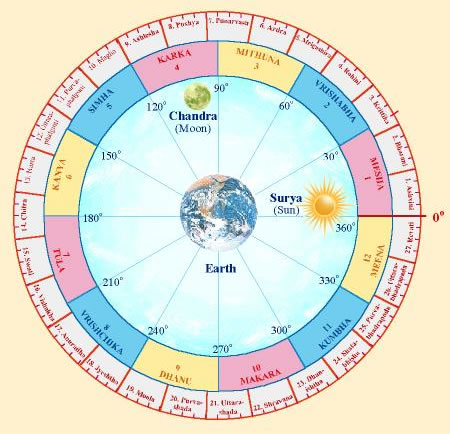
Makara Sankranti is celebrated as ‘Sankranti’ festival (Pongal).
āyana:
‘āyana’ means journey. One year is divided into two āyanas –
1. Uttarāyana and
2. Dakṣināyana.
The Indian Time measurement didn't stop with years, but went forward to calculate the Yugas.

Four yugas are mentioned taking the above yugas as parts within them. They are – Kr̥ta, trētā, Dvāpara & Kali.
2. trētā – 12,96,000 years
3. Dvāpara – 8,64,000 years
4. Kali – 4,32,000 years.
Combined, all these four yugas is called one ‘Mahā yuga’ = 43,20,000 years
Time is relative.
1 yr on earth is equal to 1 day for gods.
71 mahā yugas is 1 manvantara.
14 manvantaras are mentioned in our scriptures & each has diff Indra as head of gods.
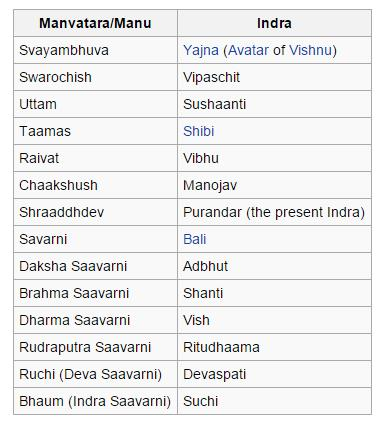
1,000 mahā yugas is called 1 kalpa.
1 kalpa is day & another kalpa is night for Brahma.
Lifetime of Brahma, the Creator 1Mahā Kalpa – 311,040,000,000,000 years
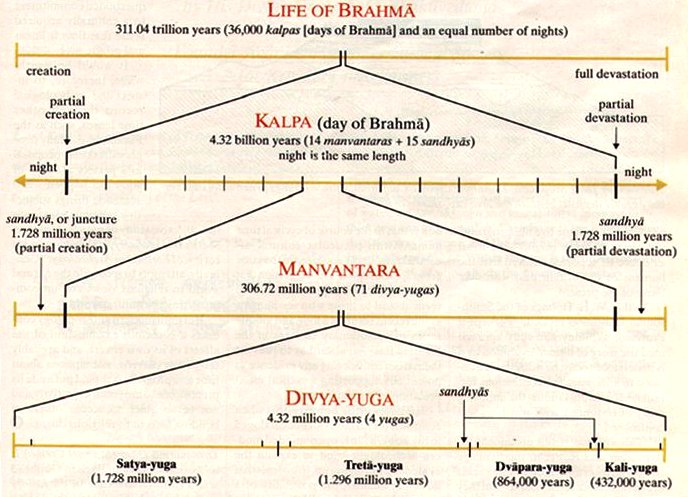
Current Manvantara – Vaivasvata, the 7th manvantara
Kalpa – Nighttime of Brahma
Mahā Yuga – 28th Mahā Yuga
Current Yuga – Kali Yuga
Current Year – 5121 year in Kali Yuga
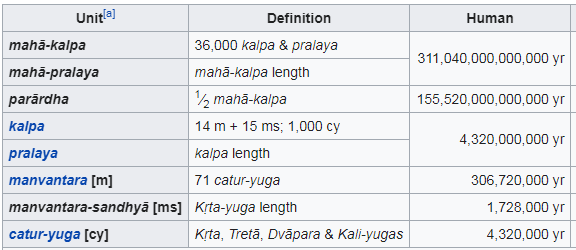
and the entire universe present at that time
dissolves into the Supreme. Again, creation
starts.
This is the ‘Cycle of Time’.
Details of Śakas :
Derived from the rule of great emperors, (not based on Christ),
1. Yudhiṣṭhira śakamu – Began in 3102 B.C. & continued for 3044 years
2. Vikrama śakamu – Began in 57 B.C. & continued for 135 years
Future śakas are also determined.
4. Vijayābhinandana śakamu – Duration is 10,000 years
5. Nāgārjuna śakamu – Duration is 400,000 years
6. Kalki śakamu – 821 years before the end of kali yuga.
Further scientific explorations of Bhāratīyas enabled them to establish the relationship between timelines of people living on this earth in relationship with stars & planets present in space.

Even from the times of Newton, Physics proposed many theories such as Multiverse theory, which states ..
More from Brahmasri Samavedam Shanmukha Sarma
More from Science
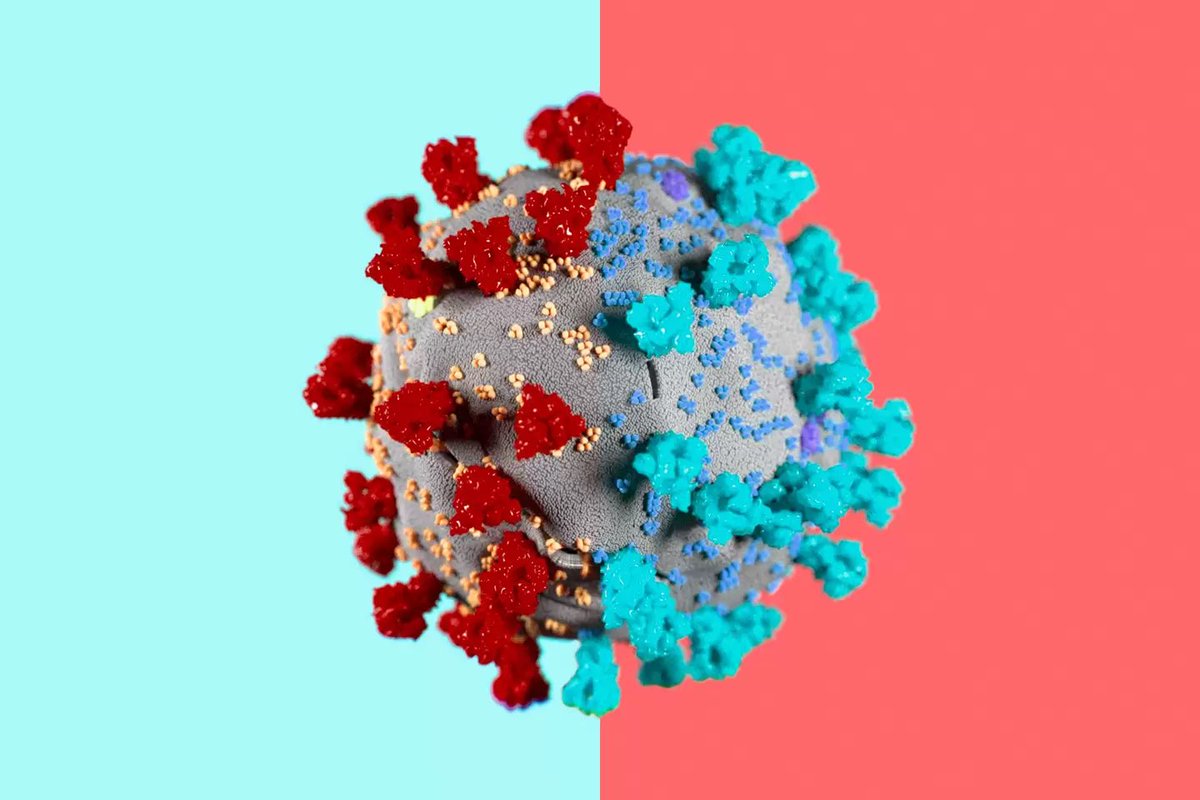
2) The leading hypothesis is that the new variant evolved within just one person, chronically infected with the virus for so long it was able to evolve into a new, more infectious form.
same thing happened in Boston in another immunocompromised person that was sick for 155 days.
3) What happened in Boston with one 45 year old man who was highly infectious for 155 days straight before he died... is exactly what scientists think happened in Kent, England that gave rise to #B117.
Immunocompromised 45 year old suffered from #COVID19 for 155 days before he died. The virus was changing very quickly inside the man's body\u2014it acquired a big cluster of >20 mutations\u2014resembled the same ones seen in #B117 & #B1351. (NPR audio Part 1 of 2)\U0001f9f5https://t.co/7kWiBZ1xGk pic.twitter.com/ZJ7AExB78Y
— Eric Feigl-Ding (@DrEricDing) February 8, 2021
4) Doctors were shocked to find virus has evolved many different forms inside of this one immunocompromised man. 20 new mutations in one virus, akin to the #B117. This is possibly how #B1351 in South Africa 🇿🇦 and #P1 in Brazil 🇧🇷 also evolved.
2) NPR report audio part 2 of 2:
— Eric Feigl-Ding (@DrEricDing) February 8, 2021
Dr. Li couldn't believe what they found. "I was shocked," he says. "When I saw the virus sequences, I knew that we were dealing with something completely different and potentially very important." pic.twitter.com/HT3Yt6djFd
5) “On its own, the appearance of a new variant in genomic databases doesn’t tell us much. “That’s just one genome amongst thousands every week. It wouldn’t necessarily stick out,” says Oliver Pybus, a professor of evolution and infectious disease at Oxford.
Is moderate exercise enough to live as long as possible, or should you be doing vigorous exercise? And what proportion is best? This article has the answers. https://t.co/YJqpaaI0UR
— Sebastian Rushworth M.D. (@sebrushworth) January 24, 2021
When an American patient lands in an Austrian hospital for a back problem, a doctor tells him to perform a set of exercises.
- How many?
- Do you have anything else to do? /2
This interchange illustrates two mindsets colliding at bedside. How little can I get away with vs there is no limit to effort when it comes to your wellness. /3
When you were robbed of movement, somebody started selling you exercise. To understand that digging a ditch, to build a house, or to carry a child around, or waking to your grandparents for an hour is not the same as jogging on a treadmill... will reveal what research hides.
/4
When I talk about doing a purposeful activity outdoors, I look at complexity of movement, purpose, meaning, sun, and air, even an opportunity to meet a neighbor... that is now reduced to a calcium pill, vitamin D, an antidepressant, an osteoporosis shot, and an oxygen tank. /5
You May Also Like
Funny there are those who think these migrant caravans were a FANTASTIC idea that's going to take the immigration issue away from you.
— Brian Cates (@drawandstrike) November 26, 2018
Like several weeks watching a rampaging horde storm the fences & throw rocks at our border patrol agents & getting gassed = great optics!
This media manipulation effort was inspired by the success of the "kids in cages" freakout, a 100% Stalinist propaganda drive that required people to forget about Obama putting migrant children in cells. It worked, so now they want pics of Trump "gassing children on the border."
There's a heavy air of Pallywood around the whole thing as well. If the Palestinians can stage huge theatrical performances of victimhood with the willing cooperation of Western media, why shouldn't the migrant caravan organizers expect the same?
It's business as usual for Anarchy, Inc. - the worldwide shredding of national sovereignty to increase the power of transnational organizations and left-wing ideology. Many in the media are true believers. Others just cannot resist the narrative of "change" and "social justice."
The product sold by Anarchy, Inc. is victimhood. It always boils down to the same formula: once the existing order can be painted as oppressors and children as their victims, chaos wins and order loses. Look at the lefties shrieking in unison about "Trump gassing children" today.

